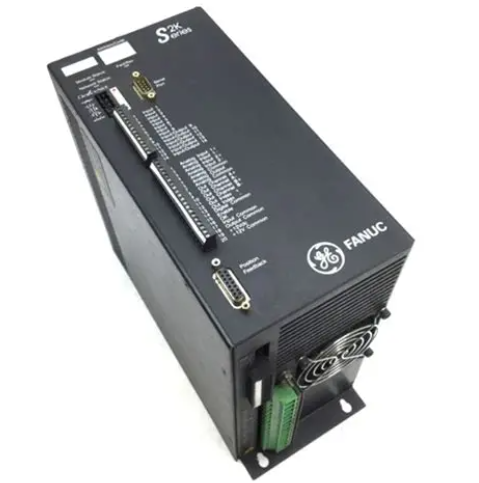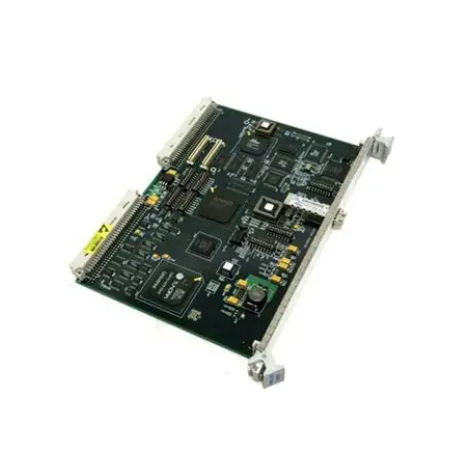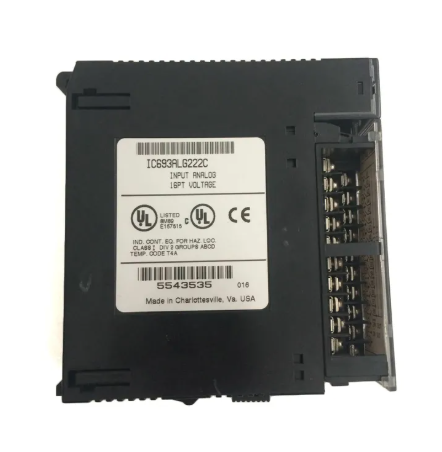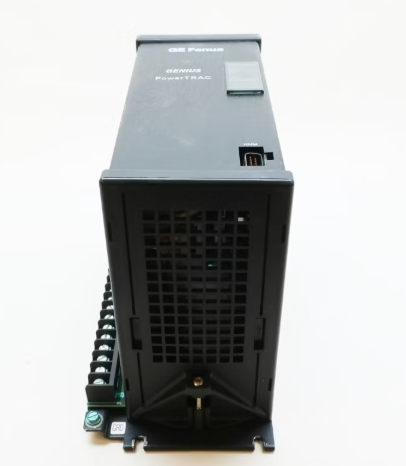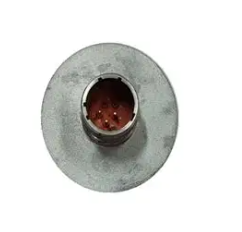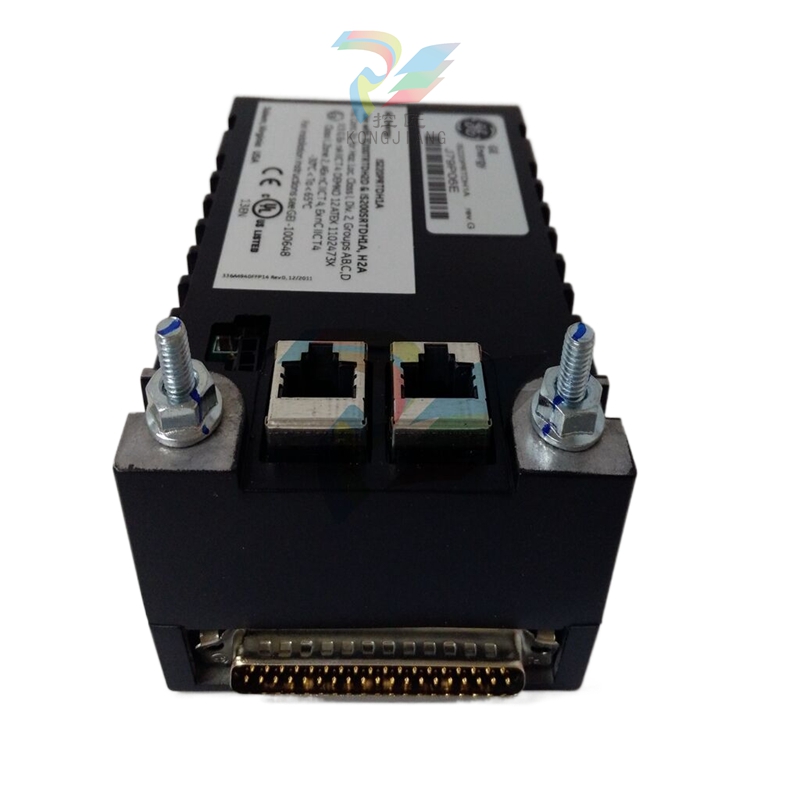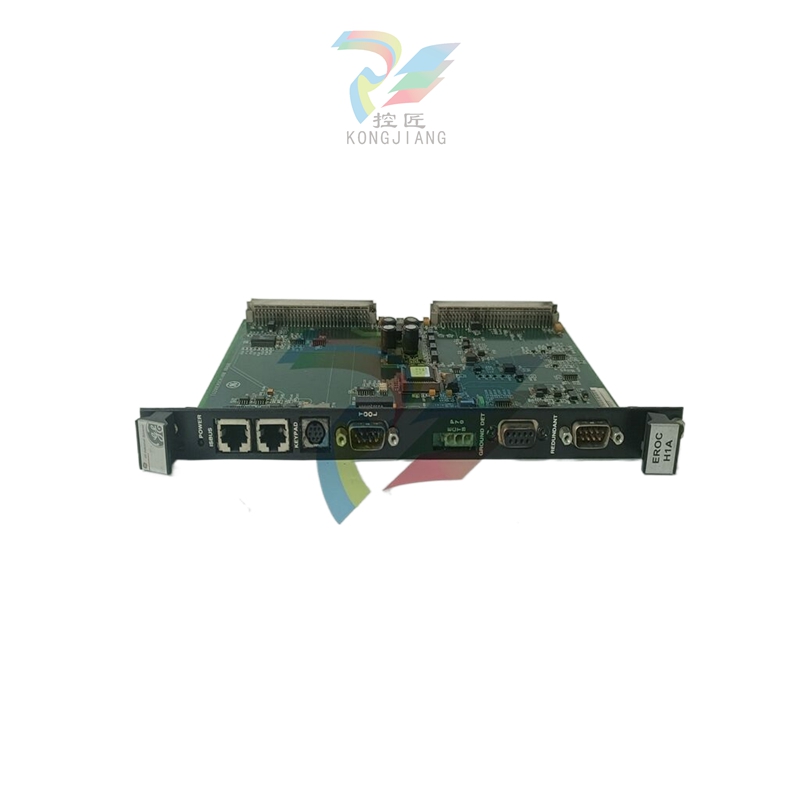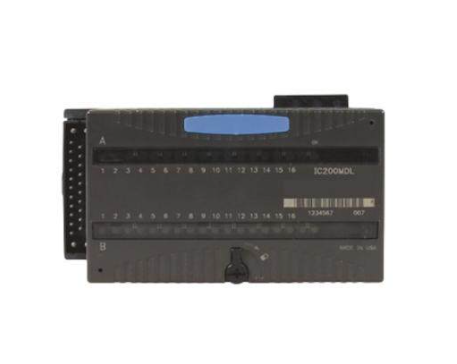Dead leaves, human waste and other biomass can actually generate electricity?
Common technology of biomass power generation
(1) turbogenerator
Electric energy is an important form of energy. Turbogenerators, which operate by burning fossil fuels and coal, are still the main way to generate electricity. Turbogenerators generate about 63.5 percent of the electricity used in the United States today, with 27.4 percent coming from coal and 35.1 percent from natural gas (based on 2018 data).
In recent years, the use of fossil fuels in conventional power plants has been decreasing due to increasing challenges to pollutant and greenhouse gas emission regulations. Globally, the number of ways to generate electricity from environmentally friendly renewable sources continues to increase, and the rapidly growing fields of sustainable energy generation include nuclear, wind, hydro and solar.
Biomass is a renewable resource, such as wood, grass, agricultural waste, animal and human waste, algae, etc. that is produced in large quantities in nature in a sustainable way in many parts of the world. According to reports, the United States produces approximately 1.3×109 t (dry base) of forest and agricultural waste per year, which is equivalent to 2×1012 kW·h of electricity generation (considering that the efficiency of thermal energy conversion to electricity is about 30%), about 50% of the electricity generation in the United States in 2014. Although the gasification or combustion of biomass combined with steam or gas turbines for power generation has been practiced commercially, total generation from biomass actually accounted for only 1.4 percent of the total electricity supply in the United States in 2018.
Generating electricity from biomass can be achieved in different ways. Direct burning of biomass is the most common method. Gasification, pyrolysis and anaerobic digestion are also used to produce biomass fuel that can be used as an energy source for steam turbines. During gasification, biomass is heated with less oxygen than is required for complete combustion, resulting in syngas. During pyrolysis, biomass is rapidly heated in the absence of oxygen to produce bio-oil. Anaerobic digestion of biomass relies on bacteria breaking down organic matter under hypoxic conditions to produce renewable natural gas.

A key challenge for biomass power generation is the difficulty of collecting and transporting biomass energy due to its low energy density. Most biomass plants actually operate at a loss. It is well known that ordinary biomass power plants are based on combustion after gasification or pyrolysis, which provides energy for steam turbines and generators. Due to the many operating units, biomass power plants are generally large in scale. In order to maintain stable daily operation, biomass power plants often require a large amount of biomass raw materials. Obviously, this is not economical. One possible solution is to reduce the size and cost of power plants to make biomass transportation viable and economical. At present, the problems of biomass power generation also include fuel procurement, transportation, storage and cost. The efficiency of a standard biomass power system is only about 20%. In the United States, the most common way to obtain heat from biomass is to burn biomass. The installation cost of small biomass power plants is $3,000 to $4,000 per kilowatt, and the energy cost is maintained at $0.80 to $0.15 per kilowatt-hour.
(2) High temperature biomass fuel cells
Biomass fuel cells are considered to be an emerging technology that can replace the use of combustion heat and gas turbines to generate electricity. Compared with heat engines that use fossil fuels, which convert thermal energy into mechanical energy and then into electricity, fuel cells are more attractive because of their superior performance and their ability to meet emerging environmental regulations. A fuel cell is a device that converts the chemical energy of a fuel into electricity and produces heat, water, and carbon dioxide (CO2) as a by-product. Indirect biomass fuel cell (IDBFC) and direct biomass fuel cell (DBFC) are two kinds of fuel cells with lignocellulose as energy source. With the development of fuel cell technology in recent years, IDBFC is able to first convert biomass into usable sugars (such as xylose and glucose), syngas, biogas and biochar, and then use these fuels for further power generation in fuel cells. IDBFC includes high-temperature fuel cells operating at temperatures up to 600 ° C, such as solid oxide fuel cells (SOFC) and direct carbon fuel cells (DCFC), as well as microbial fuel cells (MFC) operating at low temperatures. Compared with high temperature fuel cells, low temperature MFC is more efficient.
Compared with traditional power generation technology, SOFC is a power generation technology with good thermal and dynamic efficiency. The advantage of SOFC compared to other fuel cells is that it operates at high temperatures, makes better use of heat, and has a high tolerance to fuel gas composition and contaminants. Although the properties of different types of fuels (i.e., hydrocarbons) are different, they can all be used in such fuel cells. Potential SOFC fuels are natural gas, biogas, syngas from biomass/coal gasification, and hydrogen (H2). Traditionally, methanol has been the fuel of choice for most SOFC integrated systems. In recent years, lignin has been used as a fuel for SOFC and MFC for power generation. In SOFC, lignin is first converted into syngas by gasification and then further converted into electricity.
- EMERSON
- Honeywell
- CTI
- Rolls-Royce
- General Electric
- Woodward
- Yaskawa
- xYCOM
- Motorola
- Siemens
- Rockwell
- ABB
- B&R
- HIMA
- Construction site
- electricity
- Automobile market
- PLC
- DCS
- Motor drivers
- VSD
- Implications
- cement
- CO2
- CEM
- methane
- Artificial intelligence
- Titanic
- Solar energy
- Hydrogen fuel cell
- Hydrogen and fuel cells
- Hydrogen and oxygen fuel cells
- tyre
- Chemical fiber
- dynamo
- corpuscle
- Pulp and paper
- printing
- fossil
- FANUC
- Food and beverage
- Life science
- Sewage treatment
- Personal care
- electricity
- boats
- infrastructure
- Automobile industry
- metallurgy
- Nuclear power generation
- Geothermal power generation
- Water and wastewater
- Infrastructure construction
- Mine hazard
- steel
- papermaking
- Natural gas industry
- Infrastructure construction
- Power and energy
- Rubber and plastic
- Renewable energy
- pharmacy
- mining
- Plastic industry
- Schneider
- Kongsberg
- NI
- Wind energy
- International petroleum
- International new energy network
- gas
- WATLOW
- ProSoft
- SEW
- wind
- ADVANCED
- Reliance
- YOKOGAWA
- TRICONEX
- FOXBORO
- METSO
- MAN
- Advantest
- ADVANCED
- ALSTOM
- Control Wave
- AB
- AMAT
- STUDER
- KONGSBERG
- MOTOROLA
- DANAHER MOTION
- Bently
- Galil
- EATON
- MOLEX
- Triconex
- DEIF
- B&W
- ZYGO
- Aerotech
- DANFOSS
- KOLLMORGEN
- Beijer
- Endress+Hauser
- MOOG
- KB
- Moxa
- Rexroth
- YAMAHA
- Johnson
- Westinghouse
- WAGO
- TOSHIBA
- TEKTRONIX


Email:wang@kongjiangauto.com

















































































































